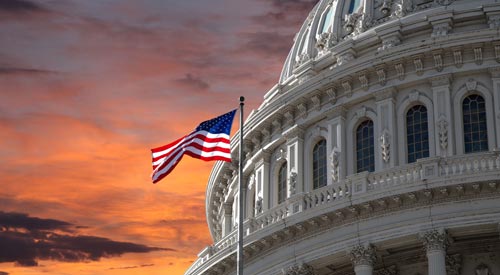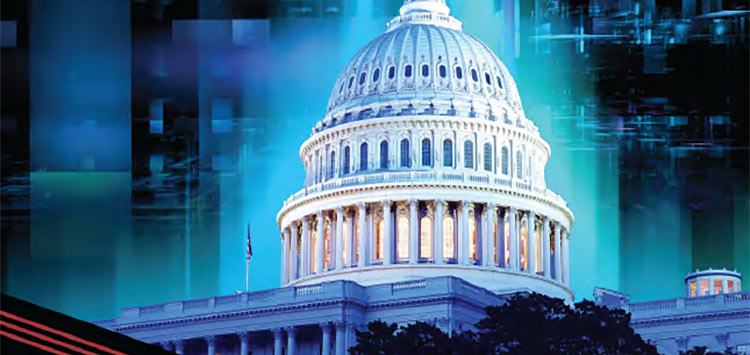Trump’s 100-Day Plan For Federal Employees and Agencies
Government Executive: While it’s an arbitrary timeline, the first 100 days of an American president’s term are viewed as a harbinger of accomplishments and failures to come. But since the days of Franklin Delano Roosevelt, who coined the term, we’ve judged every new commander-in-chief by his successes and setbacks between January 20 (Inauguration Day) and April 29. In that regard, the incoming administration of Donald J. Trump will be no different.
As a candidate and now president-elect, Trump has promised to do a lot of things within his first 100 days to “make America great again,” from withdrawing from the Trans-Pacific Partnership to enacting ethics reforms to “drain the swamp” in Washington. Many of his promises would require legislative action, and it remains to be seen what kind of relationship his administration will have with Congress. As with most new presidents, Trump soon will discover the limits of his power over a vast federal government with three distinct branches, two of which are beyond his purview—Congress and the judiciary. He’ll have to contend with 535 overseers, approximately two million federal civilian workers, another roughly two million military service members, countless laws and regulations, and of course, a lot of politics.
Tags
Share
Top Stories
- Closing the Digital Divide in Government: 5 Strategies for Digital Transformation
- IT leaders take note: The future is what you create
- 2023: The Year of Modern Government
- 5 Things Holding Innovation Back at the IRS
- That Time the Federal Government Was Ruled By Czars
- Inflation Costs Present Both Barrier, Opportunity For Contractors In 2023
- Top 9 challenges IT leaders will face in 2023
- NASA overspent $15 million on unused Oracle licenses as it failed to track usage
- Women Bring Skills – and Face Different Challenges – in Government
- Library of Congress Looks to Spend up to $450M on IT and Software Contract Work
- GAO: Agencies Need to Conduct Cyber Risk Assessments of IoT, OT Devices in Critical Infrastructure Sectors
- The White House Charts a Course for Open Government
- Here Are the Major Takeaways From the $1.7 Trillion Omnibus Spending Bill
- Recent Hiring Reforms Are Already Working, Federal HR Leaders Say
- Ukraine Tech Chief: Cloud Migration ‘Saved Ukrainian Government and Economy’
- State Department unveils $10B enterprise IT services solicitation
i360Gov Newsletters
The most significant government policy, business, and technology news and analysis delivered to your inbox.
Subscribe NowTrending
- FINRA CIO Steve Randich pushes the public cloud forward
- The Challenge of Modernizing the Civil Service
- FITARA scorecard sees 7 agencies increase their marks amid cyber methodology changes
- New report warns of growing 'data divide'
- Tech Wanted: Government Calls on Industry to Help with Net-Zero Carbon Buildings
- IT leaders uplift women to fill tech talent gaps
- The present and future of FedRAMP
- CISA director looking for 'unlikely' partnerships in cyber fight


















